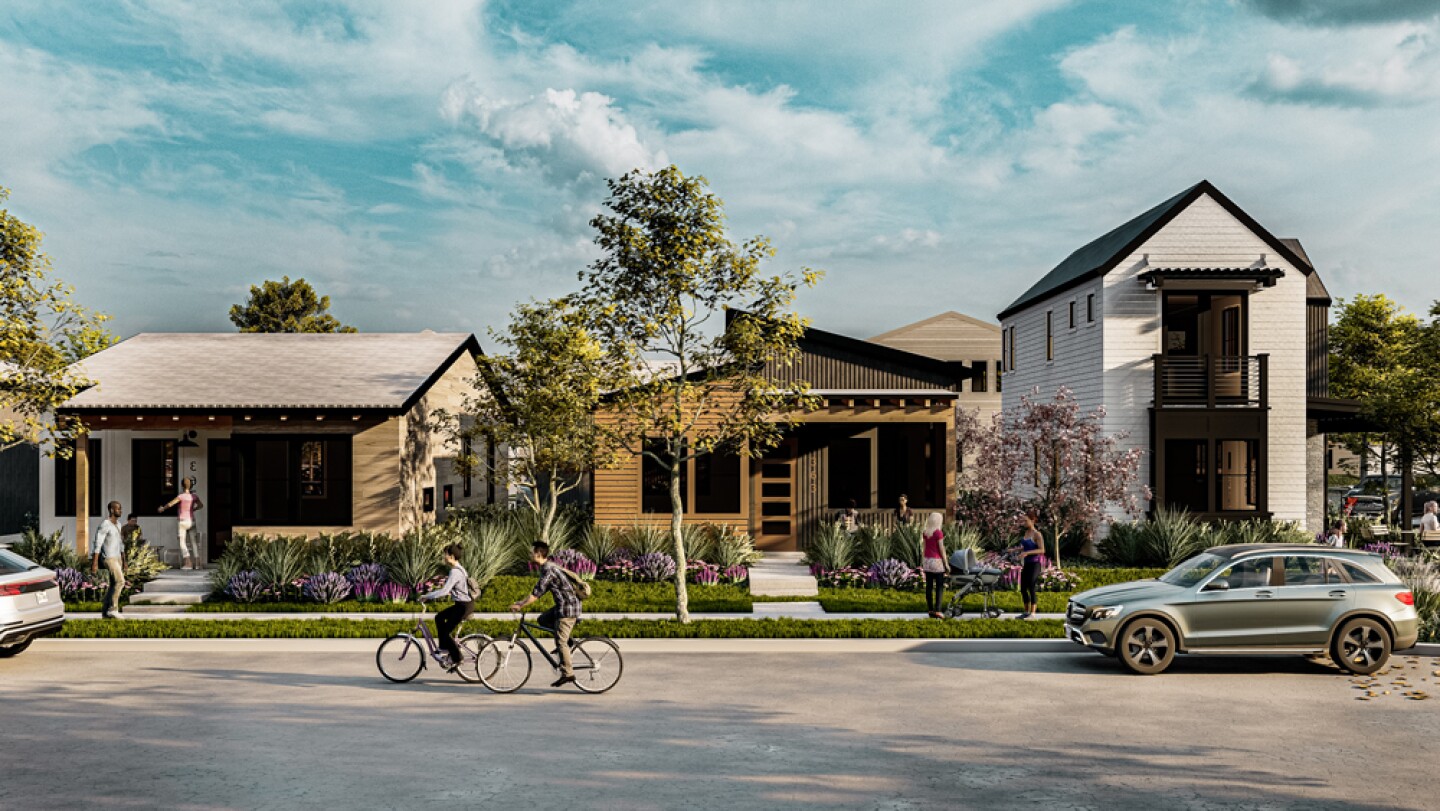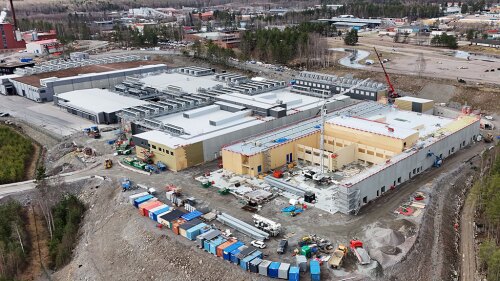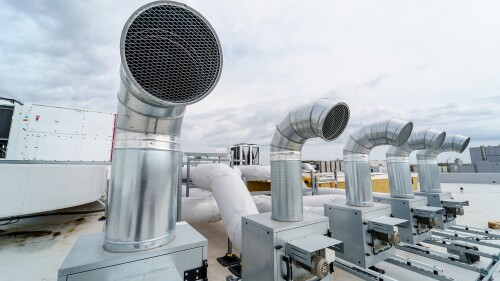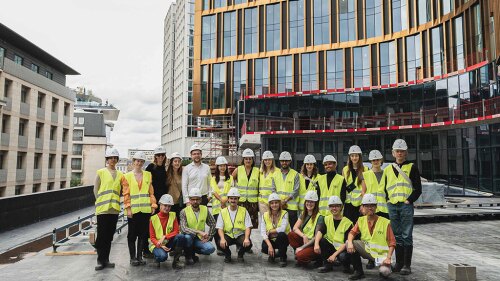As practitioners in the industry, we can all too easily reduce our thoughts about housing to the practical machinations of our work. Decisions are often made to serve regulatory agencies and capital providers, and to find the cheapest and fastest path to completion. We mustn’t lose sight of the fact that our job is to create places that serve real-life human needs.
Our current housing crisis causes undue stress on a more significant portion of our neighbors than did anything similar at any other time in the recent past. The median American household ($97,000 annual household income) now pays 37 percent of its income toward housing.
It’s crucial, as we work to build our way out of this crisis, that we resist the temptation to obsess over silver bullet solutions. The needed solutions require holistic thinking that considers the entire urban ecosystem and all of its participants—buyers, builders, land developers, elected officials, regulatory agencies, capital providers, and others. If we all work together toward the following solutions, we can make a real impact and bring housing costs into a more humane range.
Build a variety of housing
With household formations shifting considerably over the past decade, and with two-parent-with-offspring homes now making up less than 20 percent of households, we must respond to demographic trends and build the housing that people need. A significant portion of the housing stock built in the last 50 years was built for Boomer families. As nearly all Boomers are empty nesters at this stage, many of them would prefer to downsize their homes and live near their grandchildren. Unfortunately, smaller homes that are within proximity of their children often don’t exist, as we’ve tended to build homogeneous communities with narrow square footage and price bands.
Also, significantly more households now include single or unrelated individuals. The ways that we, as a society, form households is changing rapidly, with many unmarried partners, friends, and even intentional communities wanting to buy real estate together. It’s imperative that we provide innovative mortgage and insurance opportunities for these new formations, rather than providing preferential treatment to married couples.
Finally, we need to build diverse and integrated housing types (rent, condo, fee simple ownership) and forms (single-family detached, row homes, duplexes/triplexes, stacked flats, small corner apartment buildings) to serve the varied needs of our neighbors. To accomplish this goal, we need the wave of regulatory jurisdiction reform to continue. Removing parking requirements, reducing the prevalence of single-use zoning, lowering minimum lot sizes, allowing accessory dwelling units, and carefully considering the way that tap and impact fees affect development budgets will allow developers and builders to create (or repair) the sorts of neighborhoods in which most of us prefer to live.
Redevelop incrementally
Alongside the regulatory changes described above, we need to build an ecosystem of small developers. Historically, land development and home construction in the United States has primarily been done on a regional basis by many small actors. Only in the last 50 years has there been a great consolidation of development and building efforts.
To foster the growth of community developers, we must create capital sources willing to service small loans and networks of design consultants interested in the small scale. Neighborhoods designed and built by many different hands have the diversity that leads to community resilience.
Even trying to follow this holistic technical playbook alone won’t get us where we need to go, though. Until we see every one of our neighbors—including undocumented immigrants and the unhoused—as human beings, with the right to safe and stable housing, all these efforts will be for naught.
Related Reading: Past Meets Progress: Indigo’s Innovative Take on the Future of Community Building





